Heraldry, a tradition steeped in history and symbolism, offers a fascinating window into our past, reflecting the values, allegiances, and achievements of those who bore these vivid emblems. This article delves into the intricate world of coat of arms symbols, providing insights into their meanings, the significance of colors, and the array of common symbols that adorn these historical crests. Whether you're a budding heraldry enthusiast or simply curious about the symbols on an ancient family crest, this guide will illuminate the rich tapestry of heraldic design.

The Language of Heraldry: Symbols and Colors
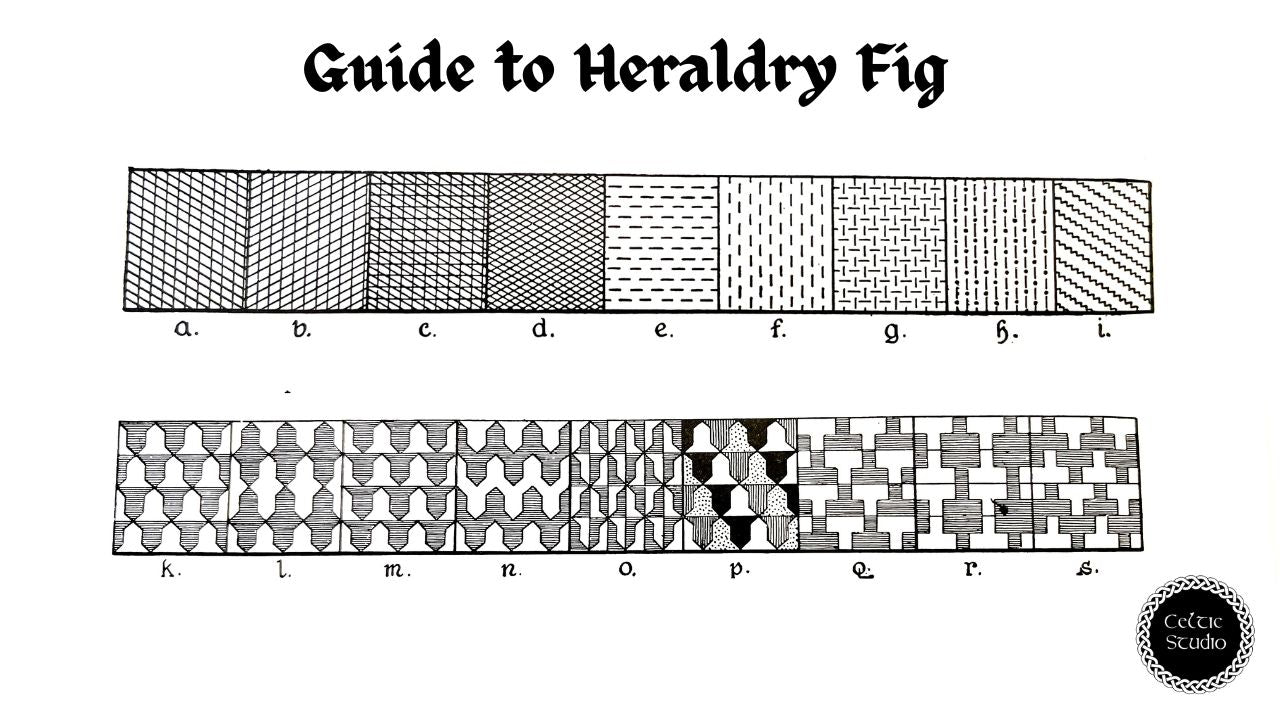
Heraldry is akin to a visual language, where each element, from the hues to the figures, tells a part of a story. Understanding the coat of arms symbols and colors meanings is akin to unlocking a coded message from the past. The colors, or 'tinctures', in heraldry are not merely aesthetic choices; they bear specific significances:
- Gules (Red): Symbolizes a warrior or martyr, denoting military strength and magnanimity.
- Azure (Blue): Represents truth and loyalty, reflecting a commitment to noble ideals.
- Vert (Green): Denotes hope, joy, and loyalty in love, illustrating the bearer's optimism and connection to the land.
- Sable (Black): Associated with grief and resistance, it often signifies constancy.
- Purpure (Purple): Conveys royal majesty, sovereignty, and justice, reflecting regal dignity.
- Or (Gold) and Argent (Silver): Symbolize generosity, elevation of the mind, peace, and sincerity, respectively.
Beyond the basic tinctures and metals, the heraldic tradition also incorporates a fascinating aspect known as 'furs'. These patterns, unlike the solid colors and metals, add texture and depth to the coat of arms, each carrying its own symbolism and historical significance.
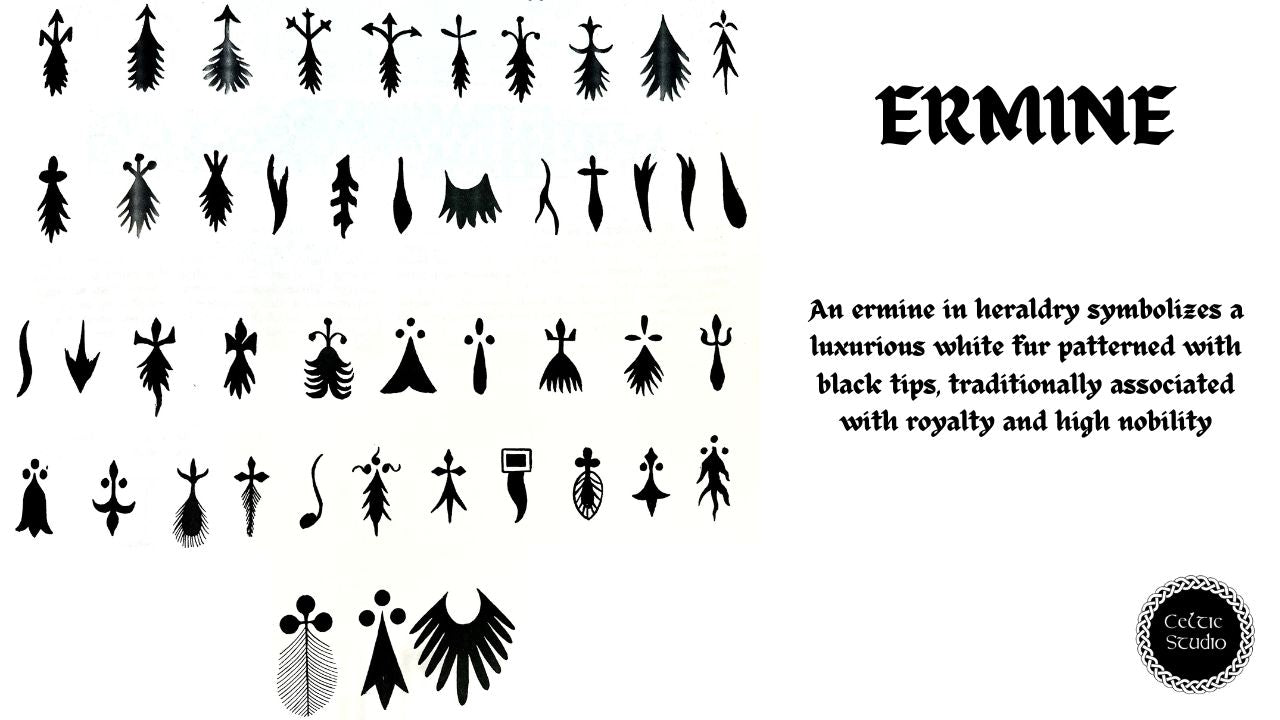
-
Ermine: This fur is emblematic of purity and dignity, depicted as a white field sprinkled with black spots that represent the winter coat of the stoat, a small mammal known for its luxurious fur. The ermine's association with nobility stems from its use in the ceremonial robes of judges and peers in the realm, symbolizing the bearer's unblemished character and high moral standards.
-
Vair: Mimicking the appearance of squirrel pelts, vair is illustrated as a series of alternating blue and white bell-shaped lines. This fur was highly prized in medieval times for its warmth and beauty, making it a common lining for the cloaks of the nobility. In heraldry, vair signifies protection and the rewards of a hard-fought victory, reflecting the value of perseverance and resilience.
Heraldic Ordinaries: The Building Blocks

At the heart of many coats of arms are the ordinaries, simple geometric shapes that serve as the foundation upon which symbols are placed. Some of the 500 most common coat of arms symbols are derived from these basic shapes, such as:
-
Fess: This is a broad horizontal stripe situated across the center of the shield. Symbolically, the fess represents the military belt or girdle of honor, signifying readiness to serve and protect.
-
Pale: A vertical stripe running down the center of the shield, the pale is reminiscent of a palisade or defensive wooden stake, symbolizing fortitude and military strength.
-
Bend: A diagonal stripe running from the upper left to the lower right of the shield, the bend denotes a shoulder sash or scarf of knighthood, representing protection or the bearing of burdens.
-
Chevron: Shaped like an inverted 'V' or the roof of a house, the chevron signifies the roofs or gables of ancestral homes, representing protection and faithful service.
-
Cross: A simple geometric cross that occupies the shield, the cross is a universal symbol of faith, valor, and service, particularly reflecting the Christian faith and the Crusader's mission.
-
Saltire: Known as a 'St. Andrew's cross', this X-shaped cross symbolizes resolution and the martyrdom of St. Andrew in heraldry.
-
Chief: A horizontal stripe at the top of the shield, the chief represents authority and leadership, often bearing charges that denote the bearer's accomplishments and heritage.
-
Bordure: A border that encloses the edge of the shield, the bordure signifies honor and can be used to signify alliance and difference in family lineage.
-
Pile: A downward-pointing triangle or wedge, the pile symbolizes military strength and steadfastness, akin to a spearhead.

In the intricate realm of heraldry, charges, or emblems, are added to the shield, against the background, the 'ordinary', or both. These can be one large charge or several smaller repeated ones. Here are some of the common charges you could use:
- Crosses: With a rich variety in form, crosses are a testament to faith, sacrifice, and service. From the Latin cross to the Maltese cross, each variation carries its own history and connotations.
- Stars: Often used to symbolize excellence, nobility, and divine guidance, stars can be depicted in numerous forms, such as the mullet or the estoile, each differing in the number and arrangement of their points.
- Rings: Symbolizing fidelity, loyalty, and the continuity of legacy, rings are a subtle yet powerful charge, often used to represent the unbreakable bonds of trust and honor.
- Balls (or Spheres): These charges can represent globes, cannonballs, or orbs, each bearing meanings from worldly power and authority to martial prowess and fortitude.
- Crescents: A symbol of hope and new beginnings, the crescent can also denote a second son in heraldic tradition, representing the bearer's aspiration to eclipse the fame of their ancestors.
- Diamonds: Known as lozenges in heraldry, diamonds symbolize honesty, constancy, and the notion of being a "gem" among people, reflecting the bearer's integrity and value.
- Flowers: With each species bearing its own symbolism, flowers like the rose (for love and grace) and the lily (for purity and virtue) add a layer of delicate complexity to the shield.

When incorporating these charges into a design, it is crucial to adhere to the fundamental rule of tincture: never place a color on another color or a metal on another metal. This ensures maximum contrast and visibility, allowing each symbol to stand out distinctly against the shield's background.
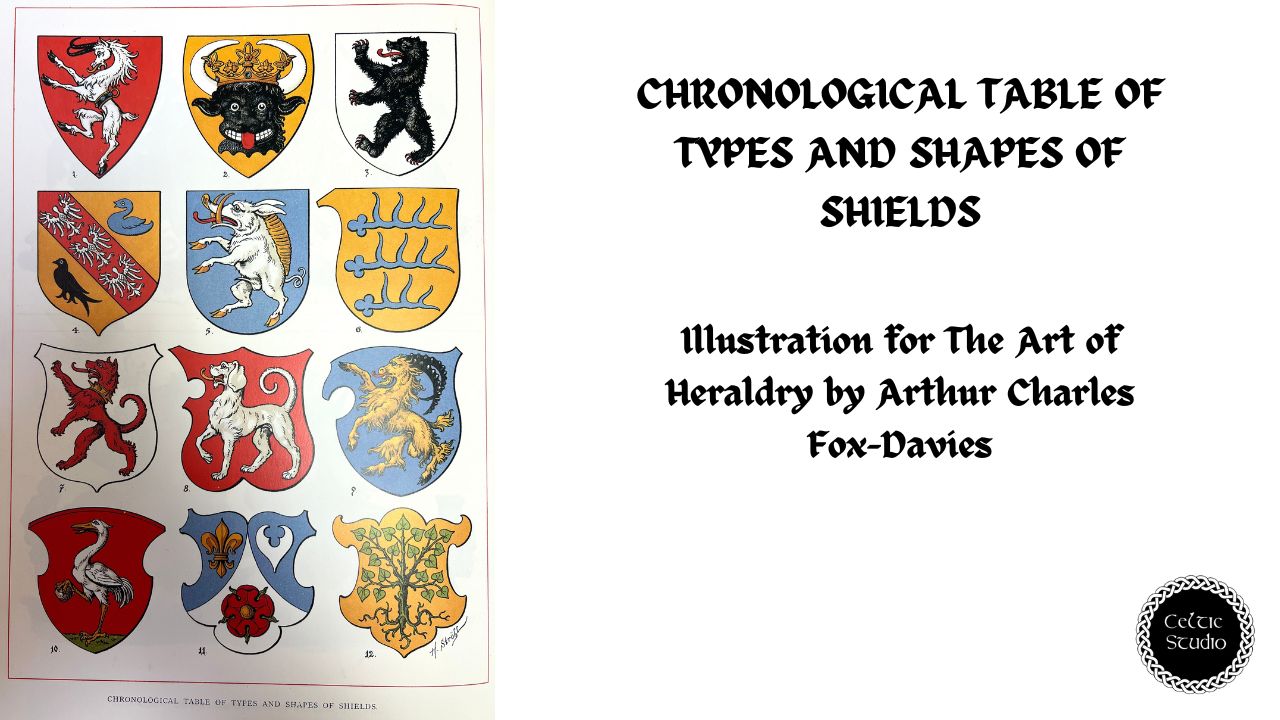
The animal kingdom also provides a rich source of heraldic charges, with knights and nobles often choosing beasts that embody their desired qualities or achievements. Lions for courage, eagles for power, boars for ferocity in battle—each animal brings its own story and symbolism to the coat of arms, offering a glimpse into the bearer's identity and values.
Animal Charges: The Bestiary of Heraldry

Animals occupy a significant place in heraldic tradition, serving as powerful symbols of the bearer's virtues, traits, or historical deeds. The depiction of these creatures is not merely artistic but laden with specific symbolic meanings, depending on their posture (attitude) and aspect:
- Rampant: An animal standing on one leg and facing left, as if rearing up in readiness for battle, symbolizes bravery, strength, and readiness to fight for one's beliefs. The lion rampant is perhaps the most recognized heraldic symbol, epitomizing courage and royal authority.
- Statant: An animal standing on all four legs, representing stability, steadfastness, and vigilance. A dog statant, for instance, can symbolize loyalty and trustworthiness.
- Displayed: Typically used for birds, with wings spread wide as if in flight, signifying protection, oversight, and spiritual aspiration. The eagle displayed is a common charge, symbolizing power, clarity of vision, and sovereignty.
- Passant: An animal walking with the right forepaw raised, denoting peace, dignity, and poised action. The "lions passant guardant" in the Royal Arms of England exemplify this, suggesting a calm yet authoritative command.
The direction an animal faces, especially if it looks out from the shield (guardant), adds layers of meaning, often implying protective oversight or a welcoming gesture of peace. Notably, heraldic terminology is rich and nuanced, with specific terms for similar poses in different animals, contributing to the vast lexicon that makes heraldry a fascinating study of symbols and their meanings.
Choosing Your Animal: The Spirit of Heraldry
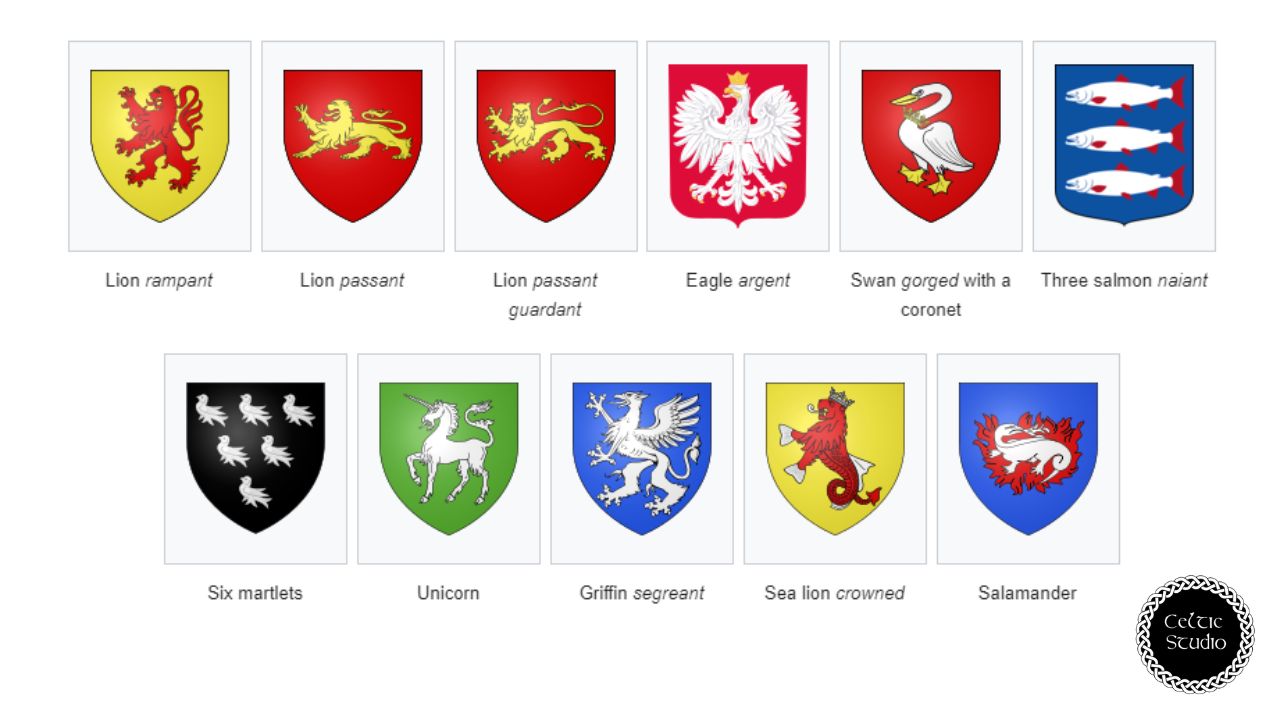
In the vibrant realm of heraldry, the choice of an animal charge is not merely a matter of aesthetics but a profound declaration of the bearer's virtues, aspirations, and identity. Each creature, real or mythical, carries with it a rich tapestry of symbolism, offering a glimpse into the qualities most esteemed by the individual or family it represents:
- Lions: Universally recognized as the king of beasts, lions are synonymous with bravery, strength, and royalty. Their depiction in heraldry, especially in the rampant position, signifies a fearless warrior or leader ready to defend their honor and territory.
- Dogs: Emblematic of unwavering loyalty, faithfulness, and reliability, dogs in heraldry reflect a commitment to trust and the bonds of friendship. A dog as a charge may also symbolize a protective nature and vigilant guard over loved ones.
- Stags: These majestic creatures are often associated with wisdom, longevity, and regeneration, thanks to their antlers which are shed and regrown annually. Stags in heraldry suggest a connection to the natural world, embodying grace and the ability to navigate life's challenges with dignity.
- Eagles: As masters of the sky, eagles represent power, freedom, and nobility. Their keen vision makes them symbols of foresight and clarity, often chosen by those who value strength of conviction and the pursuit of lofty ambitions.
- Hares: Known for their agility and quickness, hares in heraldry signify speed, resourcefulness, and the ability to think and act swiftly. They embody the qualities of adaptability and endurance in the face of adversity.
- Badgers: Although less common, badgers are heraldic symbols of tenacity and the willingness to fight for one's rights. Their inclusion in a coat of arms highlights endurance, determination, and a strong defensive instinct.
The Realm of Fabulous Beasts

In the realm of heraldry, the line between reality and myth blurs with the inclusion of fabulous beasts, creatures of legend that have adorned shields and banners through the ages. These mythical beings, drawn from folklore, literature, and the accounts of travelers to far-off lands, bring a layer of mystique and fantasy to the art of heraldry. Medieval bestiaries, which are essentially illustrated compendiums of beasts both real and imagined, served as a key source for many of these fantastical symbols, infusing coats of arms with a sense of wonder and otherworldly power.
-
Dragon: The dragon stands as one of the most iconic and enduring symbols in heraldry. Revered for its fearsome beauty and potent symbolism, the dragon has been a badge of warriors and kings across various cultures, from the Romans to the Celts. In heraldry, it embodies the ultimate defender of treasure and realm, symbolizing strength, wisdom, and the fiery protection of all that is held dear.
-
Griffin: A majestic blend of lion and eagle, the griffin combines the king of the beasts with the king of the birds, making it a potent symbol of watchfulness, courage, and strength. The griffin's dual nature represents mastery over both land and sky, a guardian of sacred sites and treasure, and an emblem of divine power and protection.
-
Cockatrice: With the body of a dragon and the head of a rooster, the cockatrice is a creature of legend, reputed to have the power to kill with a single glance. Born from an egg laid by a rooster and incubated by a serpent or toad, according to myth, this beast symbolizes the ability to overcome enemies through sheer terror and is often a sign of protection, warding off evil and danger.
-
Manticore: Perhaps one of the most fearsome creatures of heraldic lore, the manticore is a terrifying blend of a lion's body, a human's face, and a voice that thunders like a trumpet. This Persian legend, known for its man-eating tendencies, symbolizes the ferocity and power of the bearer, a warning to all who might cross the coat of arms' owner.
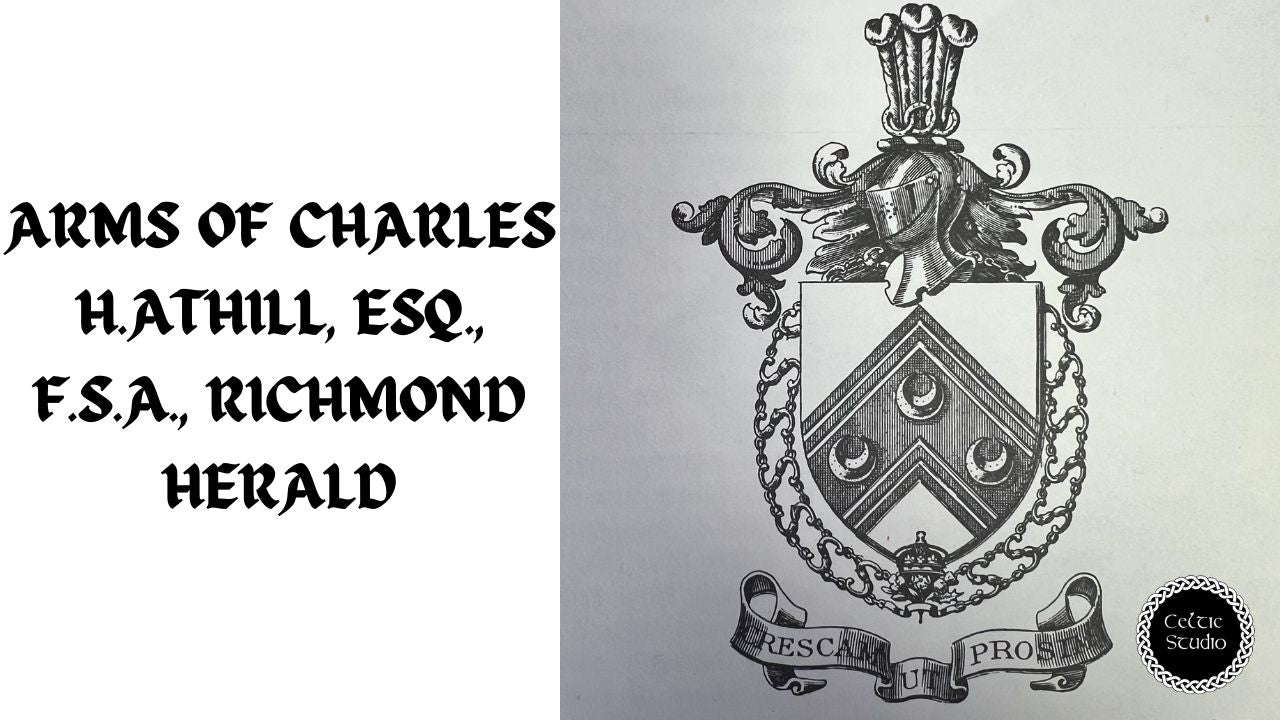
Now that you've familiarized yourself with the basic principles of heraldry, from the nuanced language of colors and ordinaries to the rich tapestry of symbols that include both natural and mythical creatures, you're well-equipped to embark on your own heraldic journey. Crafting a coat of arms is a deeply personal endeavor that weaves together strands of heritage, personal values, and aspirations into a unique visual legacy. Whether you choose to adhere strictly to the traditional rules or decide to infuse your design with modern interpretations, the coat of arms you create will serve as a lasting emblem of your identity or that of your family. Let the symbols you select speak volumes about your history and the legacy you wish to leave behind. With creativity and respect for this ancient art form, you're ready to add your own chapter to the ongoing story of heraldry.
Frequently Asked Questions
What is a Coat of Arms?
A coat of arms is a unique heraldic design on a shield or escutcheon or on a surcoat or tabard used to cover and protect armour and to identify the wearer. Historically, it served as a family or individual's visual identity, representing familial achievements, alliances, and heritage.
How to Create Your Own Coat of Arms?
To create a personalized coat of arms, start by researching your family history and symbols that represent your familial achievements or characteristics. Decide on the elements like shield, helmet, crest, and motto. Use colors and symbols that reflect your values and heritage. Software tools or a heraldic artist can also help bring your design to life.
What Does the Unicorn on the British Coat of Arms Represent?
The unicorn on the British coat of arms is a symbol of purity, innocence, and power in heraldry. Chained because in medieval times, a free unicorn was considered a dangerous beast; only a king could tame it. The unicorn is paired with a lion, symbolizing England, to denote the unity of Scotland and England.
How to Find Your Family Coat of Arms?
To find your family’s coat of arms, start by researching your surname in heraldic databases or books. Visit or contact national and local heraldry societies, or consult a professional genealogist. Libraries and online platforms specializing in family crests and heraldry can also be useful resources.
